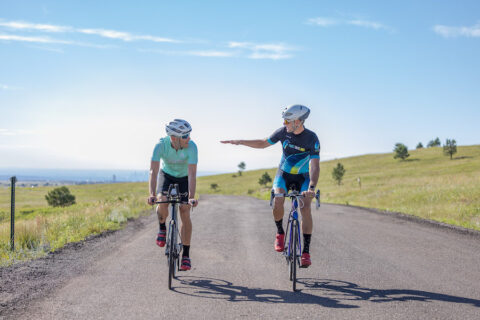Running coach Ryan Bolton shares three key workouts for runners who want to polarize their training.
Running coach Ryan Bolton shares three key workouts for runners who want to polarize their training.

Running coach Ryan Bolton shares three key workouts for runners who want to polarize their training.

Running coach Ryan Bolton shares three key workouts for runners who want to polarize their training.

Lately, the Norwegian method for endurance training has the world abuzz. In reality, its core tenets have been around for decades.

So you want to give the polarized training approach a go? Here’s how to map out your week using the 80/20 training model.

You might have heard of polarized training, but do you know how to implement it in your training? We’re here to help you get started.

The benefits of polarized training are well known, but is there a minimal dose needed? We find out.

In collaboration with Dr. Stephen Seiler, the “father of polarized training,” we have curated everything you need to know about the 80/20 training method.